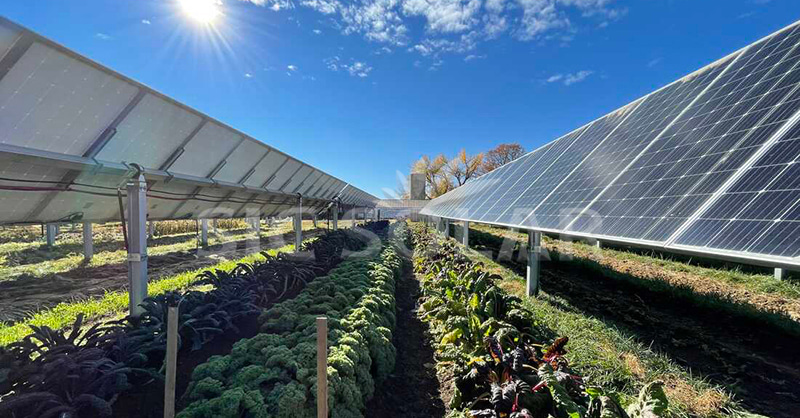Where Is the Best Place to Put a Solar Panel Farm?
Solar panel farms, also known as solar power plants, are large-scale installations designed to generate electricity from sunlight. Choosing the right location is crucial for maximizing energy production and ensuring long-term efficiency.
Key Factors for Choosing a Solar Farm Location
To optimize solar energy generation, several factors must be considered when selecting the best place for a solar farm.
1. Sunlight Availability
The most critical factor for a solar farm is access to consistent and strong sunlight throughout the year. Locations with high solar irradiance, such as desert regions or open fields, are ideal. Countries near the equator or with dry climates often have the highest solar potential.
2. Land Space and Terrain
Solar farms require large, flat, and open land to accommodate multiple rows of solar panels. The ideal site should have:
- Minimal obstructions (like trees or buildings) that could cast shadows.
- A stable and solid ground for secure solar racking system installation.
- Enough space for future expansion if needed.
3. Climate and Weather Conditions
While solar panels can function in various climates, extreme weather can impact efficiency. The best locations have:
- Low cloud cover and minimal rainfall for consistent solar energy generation.
- Moderate wind speeds—high winds may require reinforced mounting structures.
- Limited snowfall, as heavy snow accumulation can block sunlight and require extra maintenance.
4. Proximity to Grid Infrastructure
For large-scale solar farms, connecting to the electrical grid is essential. The site should be:
- Close to substations or power lines to reduce transmission costs.
- Easily accessible for maintenance crews.
- Located near energy demand areas to optimize energy distribution.
5. Land Costs and Regulations
The cost of land can significantly impact a solar farm project. Areas with:
- Lower land costs (such as agricultural or undeveloped land) are preferred.
- Favorable government policies and incentives for solar energy projects.
- Minimal environmental impact—avoiding protected areas or locations with sensitive wildlife.
Ideal Locations for Solar Farms
Based on these factors, the best locations for solar panel farms often include:
✔ Desert Areas – Regions like the Mojave Desert (USA), Sahara Desert (Africa), or Rajasthan (India) receive high solar radiation and have vast open spaces.
✔ Farmland and Rural Areas – Agricultural regions with unused or low-yield land can benefit from solar farms, providing additional income for landowners.
✔ Industrial and Commercial Spaces – Large commercial properties, warehouses, and industrial parks often have available land suitable for solar energy production.
✔ Floating Solar Farms – In some areas, floating solar farms on lakes or reservoirs maximize space usage and reduce water evaporation.
Choosing the Right Solar Mounting System
Regardless of location, a durable and efficient solar mounting system is essential for long-term performance. SIC Solar provides high-quality ground-mount and floating solar racking systems designed for various terrains and environmental conditions. SIC Solar's solutions offer:
- Strong support structres for stability in different landscapes.
- Corrosion-resistant materials to withstand harsh weather conditions.
- Customizable designs for flat, sloped, or uneven terrain.
If you're planning a solar farm project, SIC Solar offers reliable mounting solutions to ensure a successful and efficient installation. Contact us today to find the perfect solar racking system for your site!
